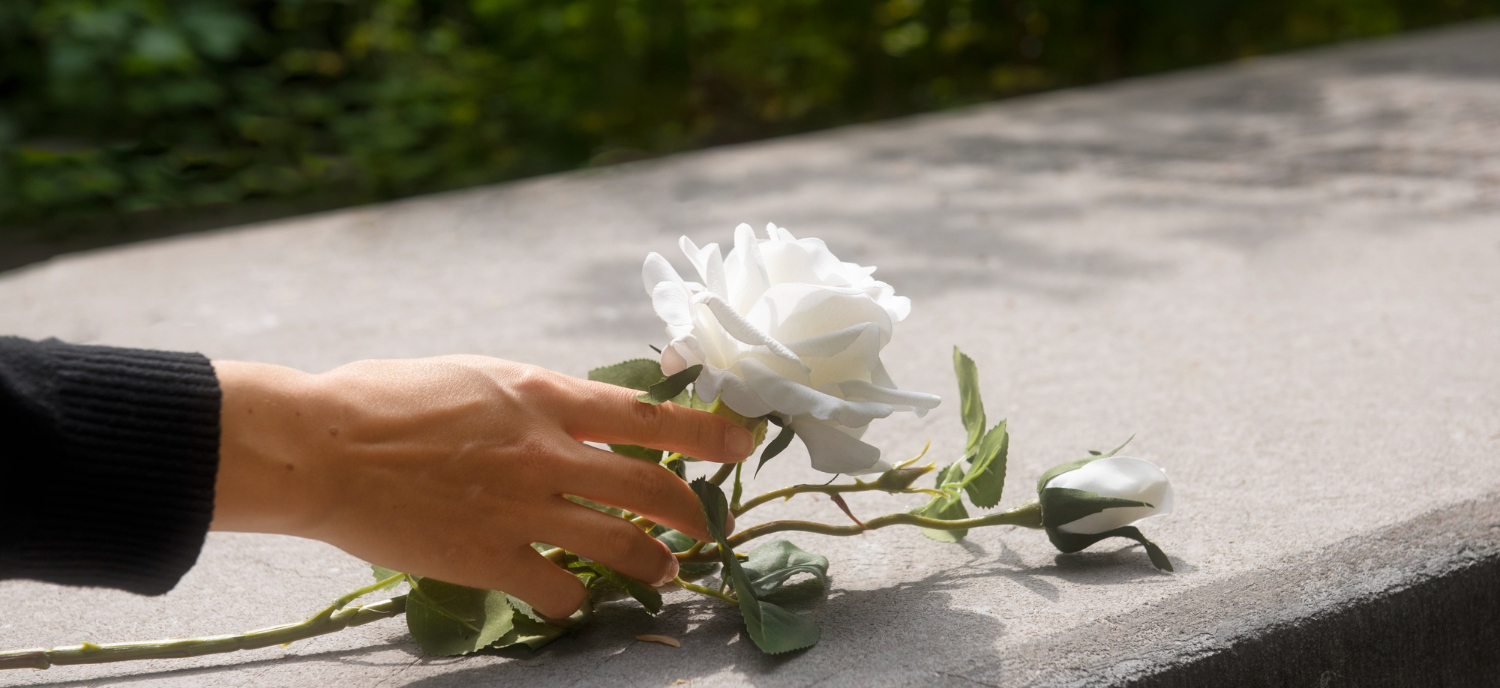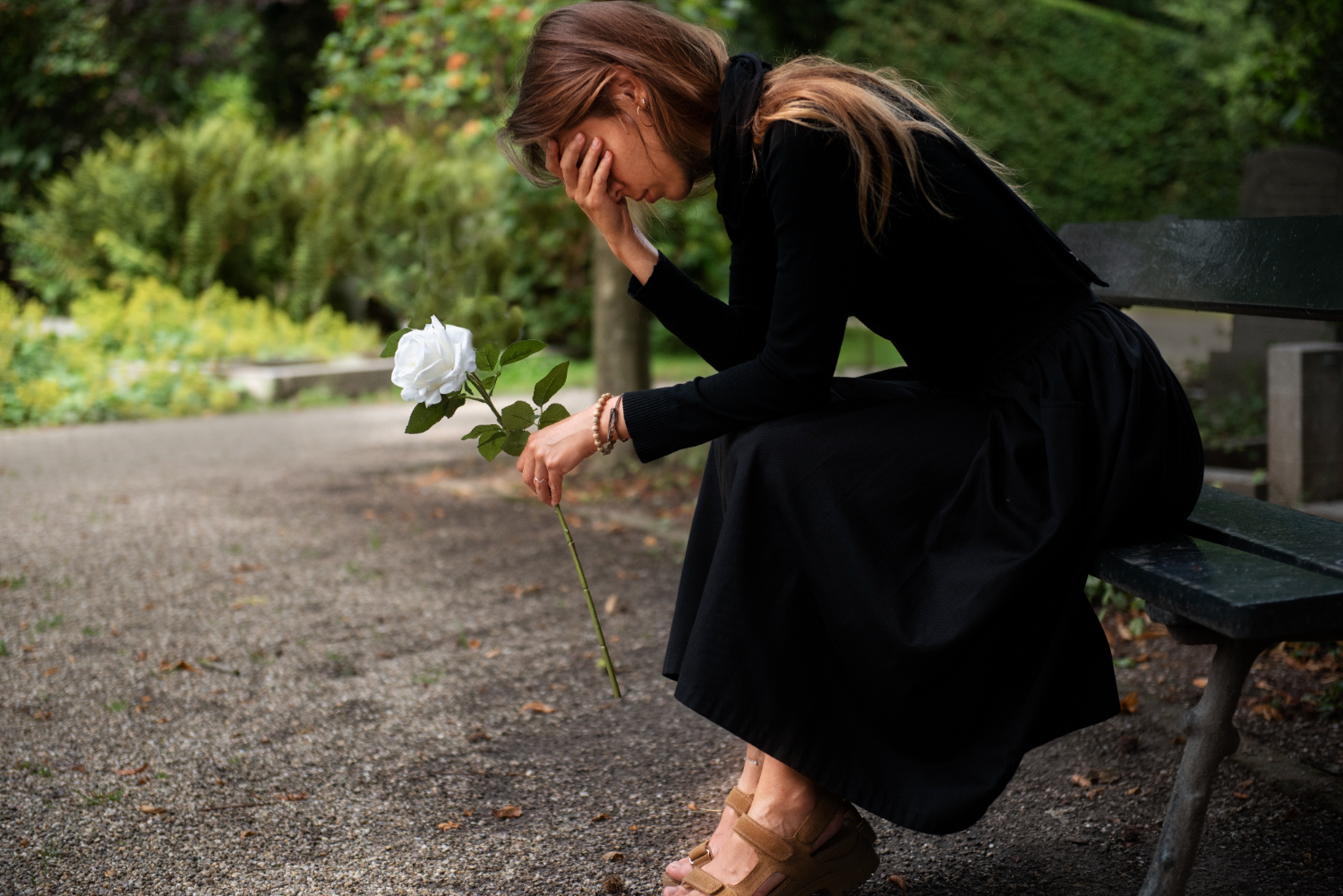The Quiet Pain—When No One Sees Your Grief

Grief is loud in the beginning.
People check in. They offer condolences. They acknowledge the loss.
But as time passes, the world moves on. The messages slow down. The support fades. People assume I must be doing better because I am still here, still functioning, still breathing.
But grief doesn’t disappear just because time has passed.
The world sees my outside—the version of me that smiles politely, that nods along in conversations, that looks “normal.”
But they don’t see what’s inside.
They don’t see the empty space where my child should be.
They don’t see the mornings where I have to convince myself to get out of bed.
They don’t see the way simple things—grocery shopping, hearing laughter, walking past their favorite toy in a store—can break me in an instant.
Grief is quieter now. But it is no less real.
Table of Contents
- The Loneliness of an Unseen Loss
- Honoring Grief, Even When Others Can’t See It
- Learning Tools: Holding Space for Your Own Grief
- 1. The “I See You” Journal
- 2. The Private Grief Ritual
- 3. The Self-Compassion Reminder
- Guided Meditation: Being Your Own Witness
The Loneliness of an Unseen Loss
I don’t blame people for not understanding. How could they?
Before this loss, I didn’t know either. I didn’t know that grief lingers, that it changes shape but never really leaves. I didn’t know how isolating it can feel to carry something so heavy while the world expects you to be “okay.”
And I don’t know how to tell them.
How do you explain that you are still grieving when months—or years—have passed?
How do you tell someone that you are not fine, when they assume you must be?
How do you make people see a pain that has no visible scars?
The truth is, most people won’t see it.
And maybe that’s the hardest part of all.
Honoring Grief, Even When Others Can’t See It
Maybe I don’t need the world to understand my grief.
Maybe I just need to honor it myself.
Maybe healing isn’t about waiting for people to acknowledge my pain—but about making space for it, even when no one else does.
Maybe I can be my own witness.
Learning Tools: Holding Space for Your Own Grief
When the world no longer sees your grief, it can feel like you have to hide it. But you don’t. These tools are designed to help you honor your grief, even when no one else acknowledges it.
1. The “I See You” Journal
Write a letter to yourself as if you were comforting a friend.
Acknowledge what you are feeling, even if no one else does.
Example:
“I see you. I know you are still grieving, even when others don’t see it. I know this loss is still real. You are allowed to feel it, no matter how much time has passed.”
Let this be a space where your grief is seen and held.
2. The Private Grief Ritual
Choose a small ritual to honor your grief.
It could be:
Lighting a candle for your child every evening.
Saying their name out loud each morning.
Carrying a small object that reminds you of them.
This is not for anyone else. It is for you—a quiet way to acknowledge what still lives in your heart.
3. The Self-Compassion Reminder
When you feel unseen in your grief, place a hand on your heart and say:
“I do not need others to validate my grief.”
“My love and my loss are real, even if no one else sees them.”
“I honor my own journey.”
Repeat as often as needed.
Guided Meditation: Being Your Own Witness
Find a quiet place. Close your eyes. Take a deep breath.
Imagine yourself standing in a vast, open space. The sky is soft, the air still. There is no one else here—just you and your grief.
You do not have to hide it. You do not have to explain it.
You place a hand on your heart and whisper:
“I see you.”
“I honor you.”
“You are allowed to be here.”
There is no judgment, no timeline, no expectation.
Just space. Just love. Just you, holding your grief with gentleness.
Stay here as long as you need. Let yourself be seen.
When you are ready, take a deep breath, gently open your eyes, and return to the present moment.
Created By: Bethany Orrick
Recommended Blogs
 Blogs
Blogs The Gift of Small Moments—Finding Light in the Midst of Grief
The Gift of Small Moments—Finding Light in the Midst of Grief Grief has a way of shrinking the world.In the...
 Blogs
Blogs When the World Moves On—Feeling Left Behind in Grief
When the World Moves On—Feeling Left Behind in Grief Life has a way of moving forward, even when you feel...
 Blogs
Blogs When the Grief is Too Much—Learning to Take a Break from the Pain
When the Grief is Too Much—Learning to Take a Break from the Pain Some days, grief is everywhere.It’s in the...
 Blogs
Blogs The Ache of Milestones—When Time Moves Forward Without Them
The Ache of Milestones—When Time Moves Forward Without Them Another birthday approaches. Another milestone passes.I find myself caught between two...
 Blogs
Blogs The Holidays Without Them—When Joy and Grief Collide
The Holidays Without Them—When Joy and Grief Collide The holidays are here, and the world feels different. Everywhere I look,...
 Blogs
Blogs The Unexpected Triggers—When Grief Hides in the Smallest Moments
The Unexpected Triggers—When Grief Hides in the Smallest Moments Grief is a shape-shifter. It doesn’t always show up in the...